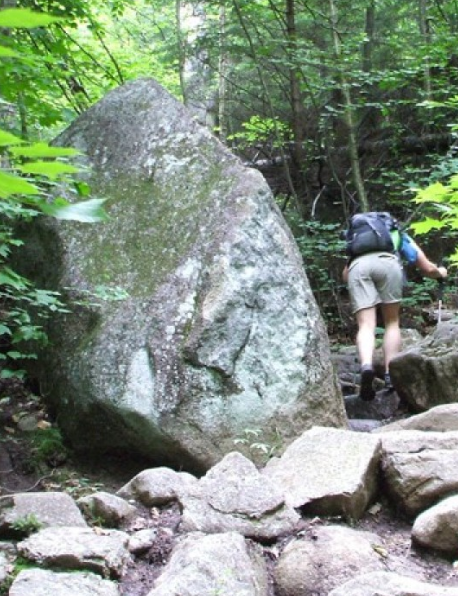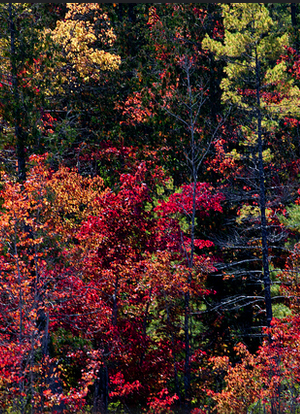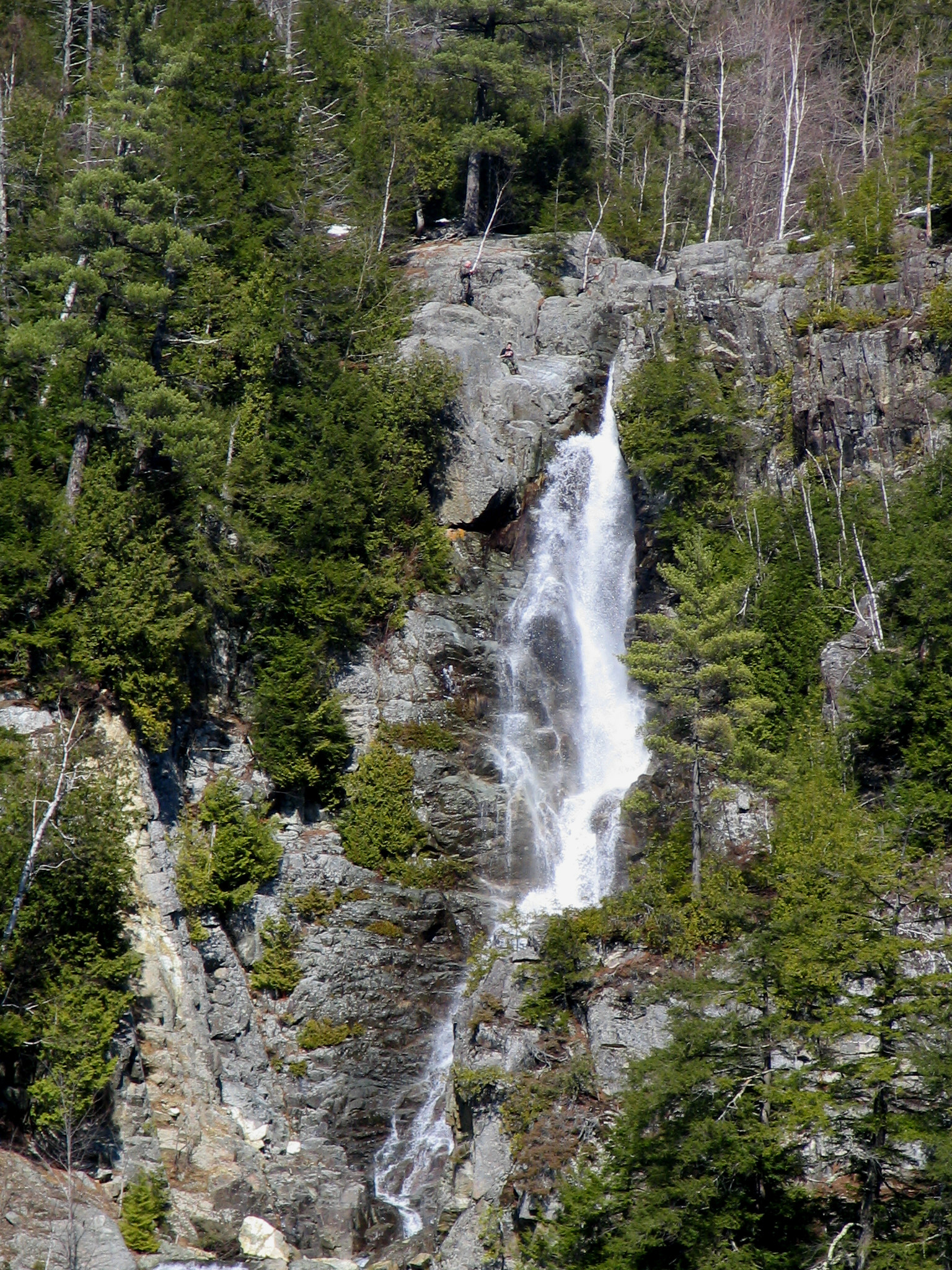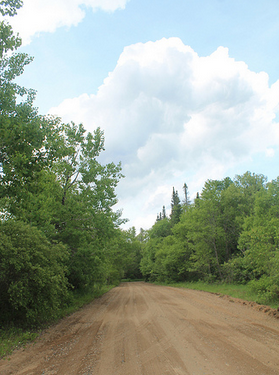Public Accessibility of Old Growth Forests
As a result of the uncharted nature of old growth forests prior to the 1990’s, very few people have witnessed the grandeur of old growth forests in the Northeast first-hand. Many old growth forests were left unharmed because they were too difficult to access and log, so most of the well-known stands of old growth forest require visitors to backpack far off the established trails to reach them. Since only true enthusiasts go to such great lengths to see old growth forests, researcher Bruce Kershner spent two summers exploring the Adirondack Park to locate plots of old growth forest that are easily accessible to the public. In his time studying the park, Kershner identified more than 24 sites that are accessible to the public by means of driving, light walking, or parking. In an interview on North Country Public Radio, Kershner noted how astounded he was to find out just how accessible old growth forests actually are (Folwell). Most of the old growth forests in the Adirondack Park can be found on state land designated as Wild Forest and Wilderness by the “Forever Wild” clause of the Adirondack Park State Land Master Plan, so the public can access these stands without worrying about trespassing. While individuals such as Kershner are proponents of bringing people to old growth forests so they can appreciate them and advocate for their protection, other environmental advocates worry about the implications of bringing foot traffic and possible threats to the rare and protected forests.
Where to Visit Old Growth Forests in the Adirondack Park:
|
Five Ponds Wilderness Area (Cranberry Lake, NY): One of the most well-known old growth forests is located in the Southern portion of Five Ponds Wilderness Area in Herkimer and Hamilton Counties. This stand, estimated to range from 42,000 to 50,000 acres, is the largest known contiguous tract of unlogged forest in the Northeast (Warren). The area is home to 250 to 400-year-old sugar maple, hemlock and white pine trees with diameters up to four and a half feet wide. Despite its large size, this land is not easy to access without strong navigation skills and an extended period of time to locate the correct plot of land, as there are only three established trails that go through this area (Kershner).
|
|
|
Ampersand Mountain Trail (Saranac Lake, NY): In an interview about his book “Sierra Club Guide to Ancient Forest,” Bruce Kershner highlighted the Ampersand Mountain Trail as his favorite stand of old growth forest in the Northern Adirondacks. The old growth starts within 10 feet of the trailhead and continues for the next mile and a half of the trail. The land features some of the oldest yellow birch forest in the Northeastern United States, with trees dating as far back as 435 years and trunks that have reached sizes up to four feet in diameter. The trees are incredibly photogenic with “stilted roots” that can hold the base of the tree as much as three feet above the ground and tree trunks blanketed in swaths of plush, green moss (Kershner). |
|
|
Raquette Lake South Inlet (Raquette Lake, NY): Another one of Kershner’s favorite old growth forests is the stand of 200-year-old red pine near the mouth of Raquette Lake. This tract is especially notable because it is one of only three known remaining stands of old growth red pine in the United States (Kershner). Hikers looking for a longer day can follow the Sargent Ponds loop trail, while those with less time can follow the shorter trail that goes around Upper Sargent Pond.
|
|
|
Roaring Brook Falls (Keene Valley, NY): Just 17 miles southeast of Lake Placid, the classic old growth site of Roaring Brook Falls is easy to access by New York Route 73. This area is easily accessible for day hikers because they are able to park right outside the trailhead for Giant Mountain and then follow the sign to Giant, Washbowl and Nubble until 100-foot-tall trees engulf them.
|
|
|
Powley-Piseco Road (Arietta, NY): For visitors who are unable to walk or do not have the time to hike, the drive along Powley-Piseco Road is a great opportunity to view old growth trees on the side of the old dirt road. The start of the road is located on NY29A east of the bridge over East Canada Creek. There are also several campsites along the road that are easily accessible for car camping.
|

Works Cited:
Folwell, Elizabeth. "Discovering Adirondack Old Growth Forests." Adirondack Life.
North Country Public Radio. Canton, NY, n.d. Discovering Adirondack Old Growth Forests. Web. 19 Feb. 2015.
Kershner, Bruce, and Robert T. Leverett. The Sierra Club Guide to the Ancient Forests of the Northeast. N.p.: Sierra Club, 2004. Print.
Warren, John. "Indentifying Adirondack First Growth Forests." The Adirondack Almanack. Adirondack Explorer, 16 Apr. 2012. Web. 18 Feb. 2015.





